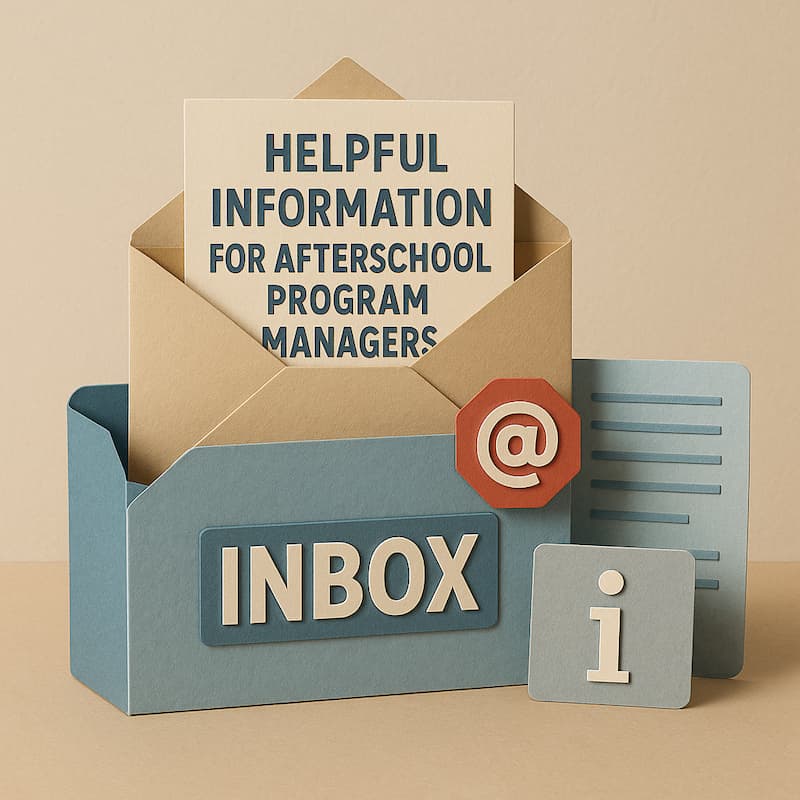What is ELOP Funding?
ELOP (Expanded Learning Opportunities Program) funding is state-level funding in California, administered by the California Department of Education (CDE), that provides resources to Local Educational Agencies (LEAs)—districts and charter schools—to support enrichment opportunities outside of the regular school day and during non-school days for students in transitional kindergarten through sixth grade (TK-6).
Table of Contents
- What Are The Key Characteristics?
- How ELOP Funding Is Calculated
- What ELOP Funds Can Be Used For
- Important Requirements & Deadlines
- How to Apply for ELOP Funding?
- Additional Resources
What Are The Key Characteristics?
- Purpose: To provide afterschool, before-school, summer, and intersession programs that enhance the academic, social, emotional, and physical development of students beyond the core instructional hours. These programs are meant to complement, not replicate, regular school instruction.
- Target population: All TK-6 students in classroom-based instruction are eligible; particular emphasis is on “unduplicated pupils” (students who are low-income, English learners, or foster youth) when calculating funding and access requirements.
- Legislative basis: The program is established under California Education Code Section 46120 and was amended by AB 130 and subsequent bills.
How ELOP Funding Is Calculated
Understanding how much funding an LEA receives under ELOP involves several parameters:
| Factor | What it is | How it affects funding |
|---|---|---|
| Prior year classroom-based Average Daily Attendance (ADA) (TK/K-6) | The attendance during the Second Principal Apportionment period for TK/K-6. | More ADA = more total funding. Each additional enrolled student increases the base allocation amount. |
| Unduplicated Pupil Percentage (UPP) | The percentage of pupils who qualify as unduplicated (low-income, English learners, foster/homeless youth). | Higher UPP = higher weighted funding rate. LEAs with many high-need students get proportionally more dollars per ADA. |
| Funding Rate Tier | Two-tiered system: Tier 1 for LEAs with ≥ 75% UPP; Tier 2 for LEAs below 75%. | Tier 1 LEAs receive the highest per-student rate (e.g., ~$2,750 per ADA × UPP). Tier 2 LEAs get a lower rate, though still above the $50k minimum. |
The CDE publishes annual apportionment profiles which show the amounts allocated for each LEA, based on these formulas.
What ELOP Funds Can Be Used For
The ELOP funding is fairly flexible, within the bounds of program requirements. Some common uses include:
- Staffing (program coordinators, support staff, teachers) and staff training.
- Enrichment activities (e.g. arts, STEM, social emotional learning, physical activity).
- Materials, supplies, equipment needed for expanded learning.
- Operating costs tied to before and after school and non-school day programming, including utilities, site management, possibly transportation, meals/snacks under certain conditions.
There are also requirements and restrictions that LEAs must follow (e.g. minimum hours, ensuring access for eligible students, not duplicating regular instructional time).
Important Requirements & Deadlines
- Minimum program time: Each school day, at least nine hours combining instructional minutes, meals, recess, and expanded learning opportunities. Plus, programming on at least 30 nonschool days with nine hours each day.
- Access for students: LEAs are required to offer the program to all TK-6 classroom-based students (or unduplicated pupils first, depending on funding rate) and provide access upon request. Prioritizing unduplicated pupils is required.
- Expenditure and reporting deadlines: Funds allocated must be spent or encumbered by certain dates; expenditure reports are required. Unspent funds must sometimes be returned.
How to Apply for ELOP Funding?
Because ELOP is formula-based, “applying” is not like submitting a competitive grant. But there are steps and local responsibilities. Here’s what LEAs need to do to receive and keep using ELOP funding:
- Confirm eligibility Ensure the district or charter school offers classroom-based instruction in grades TK-6, and has unduplicated pupils. If so, the LEA is eligible for automatic allocation.
- Develop or maintain the ELOP program plan
- The plan must outline how the expanded learning opportunities will be structured (hours, programming, staffing, enrichment, non-school days, etc.).
- It must be approved by the LEA’s governing board in a public meeting.
- The plan must be posted on the LEA website.
- Opt-in / Annual Declaration (if required) Beginning in the 2025-26 fiscal year, LEAs may have to formally declare whether they will participate or opt out.
- Ensure compliance with access, hours, staffing, and reporting requirements
- Must meet the nine-hour daily requirement and 30 nonschool day requirement.
- Must offer access to unduplicated pupils first; later to all TK-6 on request depending on rate.
- Track attendance, expenditures, etc., and report as required.
- Budget and use the funds Allocate funds pursuant to your plan: staffing, enrichment, supplies, etc. Be sure to follow allowable uses. Maintain proper accounting codes.
- Monitor and update The plan should be reviewed/updated (especially when major changes in district demographics, UPP, or program availability), and the governing board should re-approve changes. Also, LEA must maintain records in case of audits.
Additional Resources
- California Department of Education ELOP page has more details about funding apportionments and legal code.
- Check out our guide to the ELOP funding formula
- See our “California ELOP FAQs” page for details on eligibility, use, and reporting.







